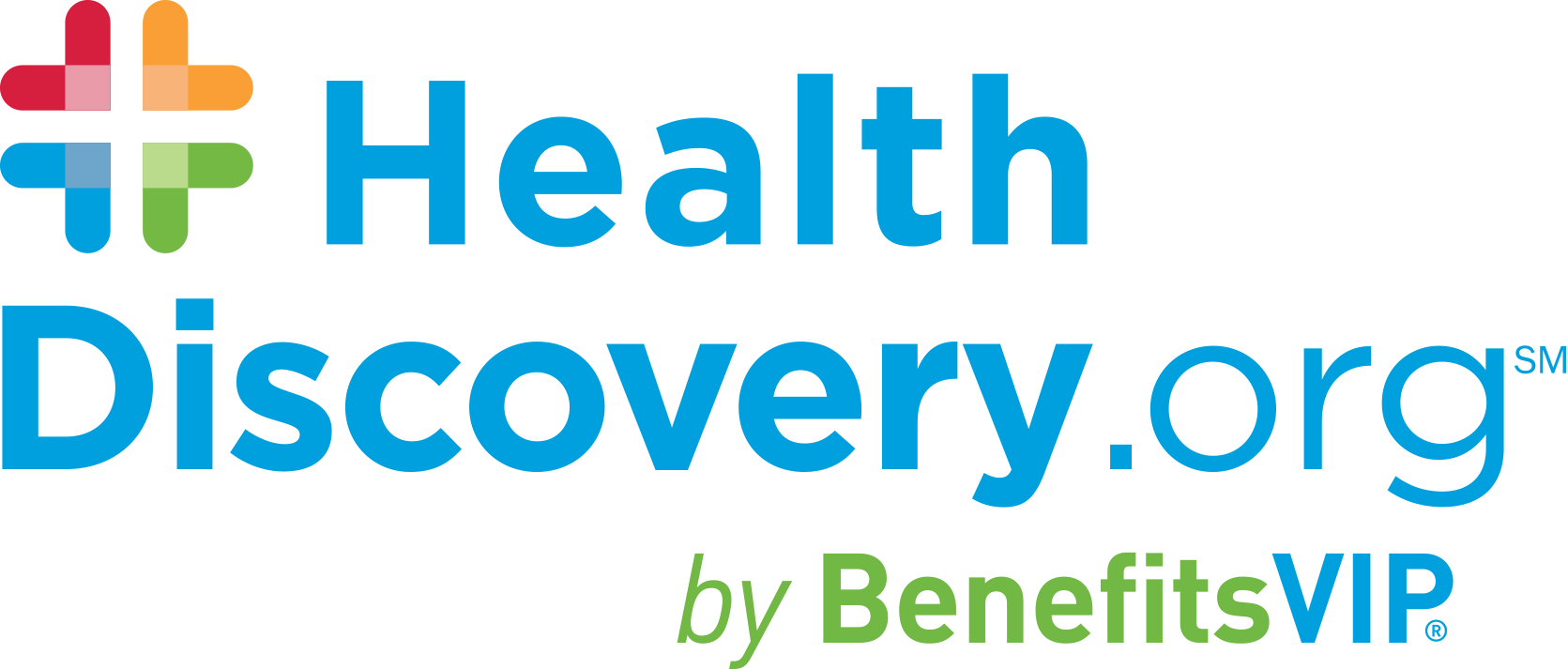Preventive screenings and medical checkups help detect illnesses and chronic diseases in early, more treatable stages. Being proactive takes a little work, but the rewards can be priceless. Here’s how to take charge of your health:
- Put your personal wellness first. Get recommended preventive screenings for your age and gender. Examples: an annual mammogram for women and an annual prostate exam for men. Ditto for immunizations for people of all ages.
- Keep health information in one place, like in a file folder in your home office and/or a file on a secure computer. If your doctor offers a patient portal, you’ll have 24/7 access to your preventive screening results and other medical records. It’s worth it to sign up.
- Keep track of prescription, lab and doctor visit receipts. This is especially important if you participate in a health savings account, a health reimbursement arrangement or a flexible spending account. You will likely be required to provide receipts to get reimbursed or to use the account debit card to pay for things like prescriptions, doctor visit copays, eye glasses, etc.
- Understand your healthcare coverage and what it will pay for. That means studying your benefit plan before you seek preventive screenings or treatment.
Take charge of your health by confirming your insurance plan for copays, deductibles and coinsurance rates.
- Be sure to mention that your annual checkup or routine screening is, in fact, a preventive screening. Many insurance plans cover 100% of the payment for annual preventive doctor exams (like annual mammograms), bloodwork and other screenings as long as they are done in accordance with preventive health guidelines.
- Find an in-network primary care physician. Your health plan’s website will have a list of in-network doctors.
- Know where to go for healthcare. Use a hospital ER only for a true emergency. Your primary care physician is the most cost-effective option for routine, non-emergency treatment. If you need medical care during off-hours, an urgent care facility is an alternative, but check first that it’s in your network. You may have to pay a higher copay if you visit an urgent care center even if it is in-network.
- If your employer-provided health insurance offers telemedicine, take advantage of it. This is a convenient way to get access to a board-certified doctor for non-emergency healthcare. Think skin rash, ear ache, cold symptoms and sore throat for telemedicine treatment.
- Have a prescription to fill? Go generic! Generic prescription drugs nearly always cost less than brand-name drugs. If you are uncertain how much your prescription will cost, visit your insurance carrier’s website and look for the “drug formulary.” This is the list of drugs that your medical insurer will pay for. Drugs are listed by tiers, starting with the least expensive generics to the most expensive brand medications. Some health plans require that you fill prescriptions by mail order and not at the corner pharmacy. Does yours?
- Leverage your employer’s healthcare advocacy unit, if offered. These healthcare geniuses/insurance gurus/customer service specialists/indispensable super human rock stars can help you find a doctor, replace a member ID card, and work on your behalf to resolve complicated claims.
More about preventive screenings to take charge of your health:
CDC, “Preventive Care: Everyone Needs an Ounce of Prevention.” Look for the links to Preventative Care for Adults, Women, Children and Pregnant Women.












